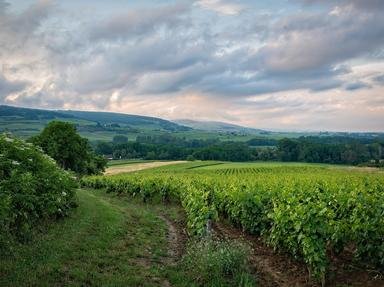
French Regions Match Trivia Quiz
France has been divided into 101 departments (including five overseas departments), organized in 18 regions since 2016. For each region I'll give you one of its cities, one of its rivers and one of its peaks, and you pick the correct region.
A matching quiz
by JanIQ.
Estimated time: 3 mins.
- Home
- »
- Quizzes
- »
- Geography Trivia
- »
- Europe
- »
- France